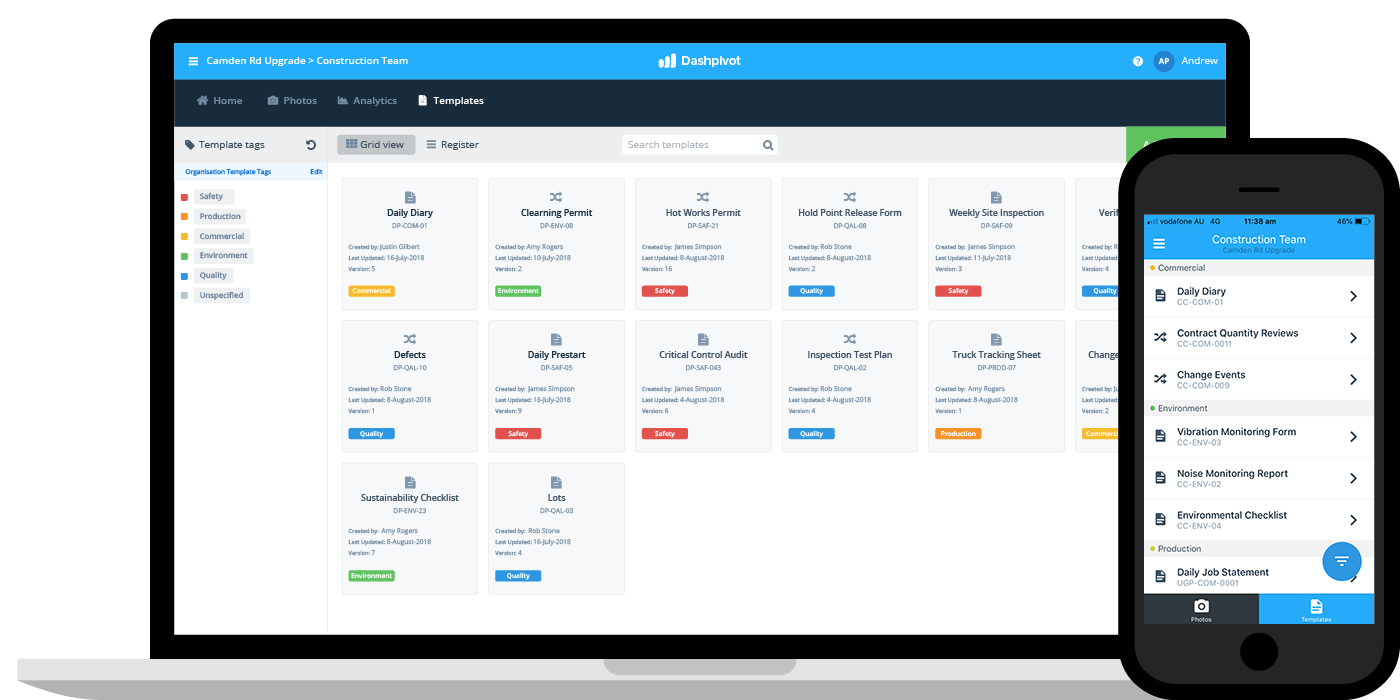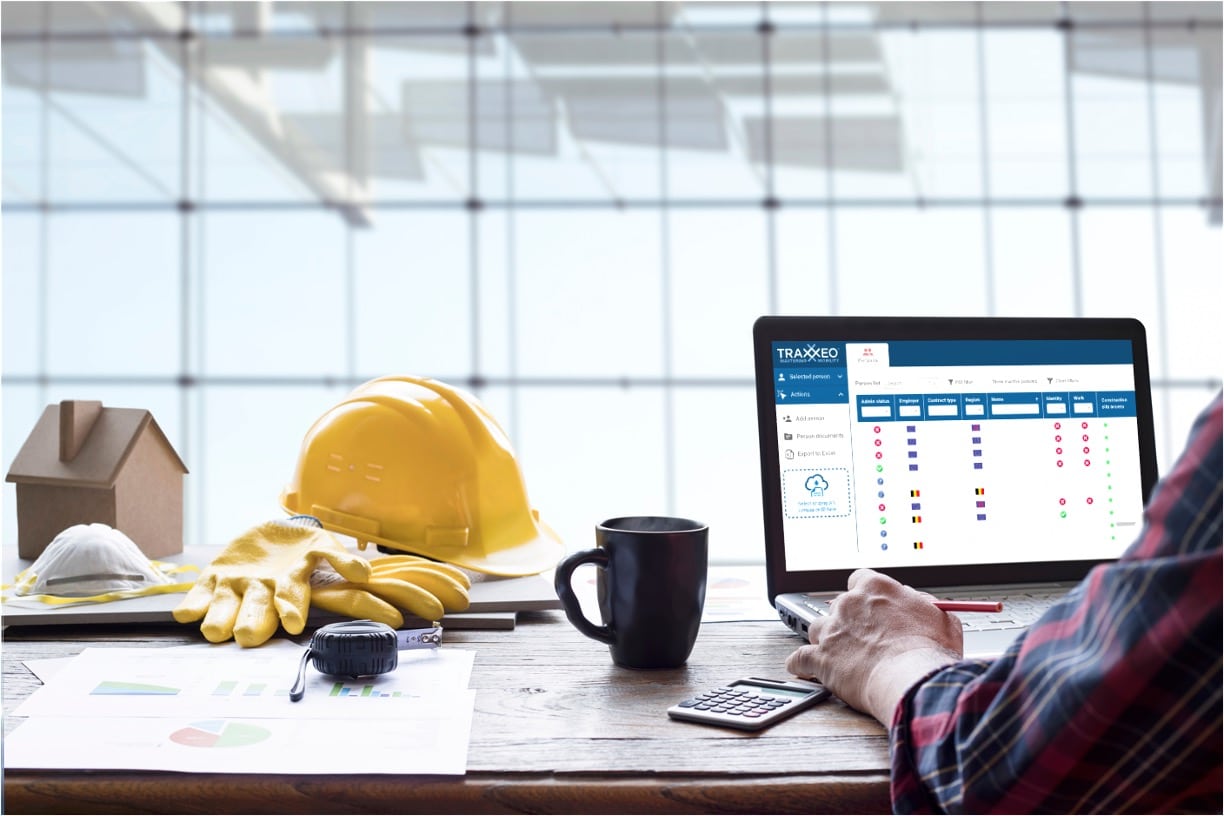Building Better Projects: The Function of Construction Document Management in Success
Building Better Projects: The Function of Construction Document Management in Success
Blog Article
Enhancing Process Performance: Architect's Specialist Techniques for Building Document Administration
In the realm of architectural layout and building, the meticulous monitoring of documents stands as a cornerstone for job success. These approaches not just guarantee smooth job progression but likewise hold the essential to unlocking improved performance and accuracy in the detailed world of construction document monitoring.
Key Record Organization Methods
When taking care of building and construction files, among the essential techniques that engineers use is establishing a organized and reliable organization system. This system commonly involves categorizing records based upon their type, such as drawings, specs, agreements, and permits. By producing distinct and clear groups, engineers can rapidly locate details info when needed, saving time and decreasing errors in the construction procedure.
Within each classification, designers better arrange files by creating subfolders or using numbering systems to denote versions or modifications (construction document management). This hierarchical structure makes sure that one of the most existing and pertinent info is quickly obtainable while maintaining a record of changes made throughout the job timeline
Moreover, engineers often utilize digital record monitoring platforms that supply attributes like keyword search features, version control, and accessibility limitations to improve organization and partnership among job stakeholders. These devices streamline the record retrieval process, promote real-time updates, and promote smooth interaction, eventually adding to the overall success of the building project.
Collaborative Platform Combination
To maximize record administration efficiency in construction projects, designers seamlessly incorporate collective systems to boost communication and improve control among job stakeholders. By leveraging joint systems such as job management software, cloud-based storage systems, and interaction devices, engineers can create a central center for all project-related records and interaction networks. These systems permit staff member to gain access to, review, and collaborate on records in real-time, reducing hold-ups and the risk of errors connected with traditional document administration techniques.
Collective system integration also cultivates transparency and responsibility within the job team, as all stakeholders have exposure right into the most up to date project updates and revisions. By centralizing communication and file sharing, designers can make sure that all employee are functioning from one of the most current info, decreasing the opportunities of conflicts or misconceptions arising due to outdated records.
In addition, joint platforms allow seamless collaboration between architects, contractors, clients, and other task stakeholders, advertising a much more natural and reliable task process. By damaging down interaction obstacles and promoting information exchange, architects can drive performance and advancement in building tasks, eventually leading to successful job outcomes.
Variation Control Finest Practices
Implementing effective variation control techniques is essential for keeping document accuracy and consistency in building jobs. By establishing a clear system for handling revisions, project teams can make sure that every person is functioning from one of the most updated paperwork, minimizing the risk of errors and discrepancies during the construction stage.
Among the vital best practices for variation control is to designate one-of-a-kind identifiers per paper version. This can be attained by utilizing a numbering system or day stamp that clearly shows the order of revisions. By clearly labeling each version, staff member can conveniently track the progression of the paper and recognize one of the most recent variation.

Automation Tools for Effectiveness

Document control software, like Procore or PlanGrid, systematizes task paperwork, making it easily obtainable to all stakeholders. These platforms permit for real-time cooperation, version control, and automated backups, guarding versus data loss. Additionally, Building Information Modeling (BIM) software automates the generation of construction drawings and ensures that adjustments are integrated across all relevant files.
Integrating automation devices with cloud storage space options even more enhances availability and safety. By automating the record that site management procedure, task groups can focus their time and effort on value-adding tasks, inevitably improving productivity and project results.
Secure Information Monitoring Solutions
Efficiently taking care of and securing job information is vital in the construction market to ensure discretion and stability throughout the task lifecycle. Building firms can make use of encrypted cloud storage solutions to securely keep and share task records with authorized workers.
Furthermore, utilizing digital legal rights monitoring (DRM) tools includes an extra layer of safety by preventing the unauthorized circulation or replication of project files. Regular data backups are vital to minimize the risk of information loss as a result of unanticipated conditions like equipment failings or cyber-attacks. Joint systems with built-in safety attributes enable smooth communication and documents sharing amongst job team members while keeping data honesty.
Verdict
To conclude, carrying out crucial document company strategies, integrating joint platforms, exercising version control ideal practices, using automation tools, and adopting safe data administration solutions are essential strategies for improving workflow performance in construction record management. These experienced methods can simplify procedures, improve communication, make sure precision, and maintain data safety and security throughout the building and construction project lifecycle.
In the realm of building style and building, the meticulous administration of papers stands as a keystone for task success. These next approaches not just make certain smooth task development but likewise hold the crucial to opening enhanced productivity and precision in the elaborate realm of construction document management.
To optimize document monitoring performance in building projects, engineers perfectly incorporate joint systems to boost interaction and enhance sychronisation among task stakeholders. These systems allow group members to access, testimonial, and collaborate on records in real-time, decreasing hold-ups and the risk of errors linked with conventional file monitoring methods.
Making use of automation tools in building and construction file monitoring significantly boosts performance and streamlines procedures for project teams. construction document management.
Report this page